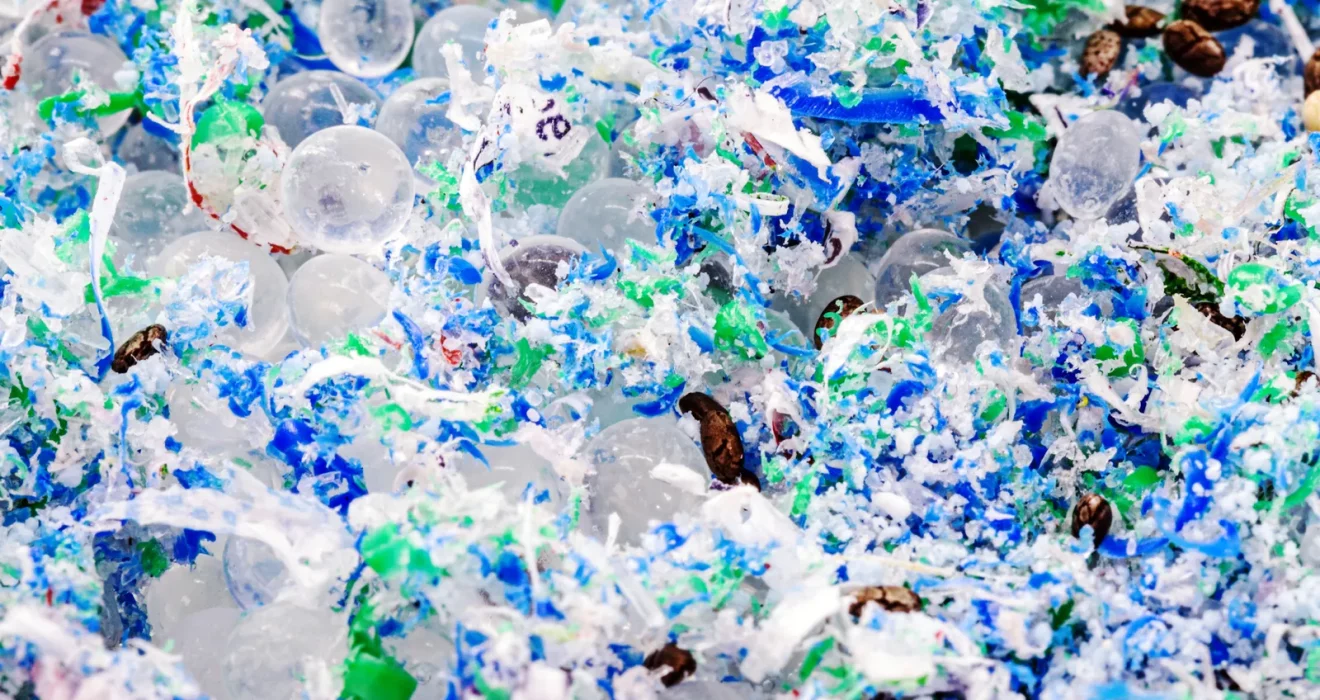In March 2022, the world collectively acknowledged the escalating threat of plastic pollution, prompting 175 countries to commit to drafting a comprehensive global treaty. After a year and a half of anticipation, the “zero draft” of this pivotal agreement has surfaced, presenting a detailed roadmap to address the plastic pollution crisis.
Plastic Reduction
At the core of the draft lies an unwavering commitment to plastic reduction, a response crucial to mitigating the industry’s alarming plans to triple plastic production by 2060. The document unfolds various options, ranging from countries setting their own mandatory reduction targets to adhering to a global target established within the treaty. The urgency is palpable, with plastic companies’ expansion plans threatening to catapult plastic pollution to 44 million metric tons annually by 2060 nearly double the 2019 figures.
As we navigate the intricacies of plastic reduction, it becomes clear that the draft aims to strike a balance between acknowledging the pressing need for change and respecting the autonomy of individual nations in setting their reduction goals. The call for collective action echoes louder in the face of projections that, if left unchecked, the plastic industry’s trajectory would result in catastrophic environmental consequences.
Targeted Measures for Sustainable Change
The draft proposes a multifaceted approach to reduce plastic use and manufacturing, recognizing that a one-size-fits-all solution may not suffice. Countries are urged to consider banning specific types of plastic, removing subsidies for plastic production, and implementing market-based measures such as a plastic tax.
An intriguing aspect emerges with the draft’s emphasis on “reuse, repair, repurposing, and refurbishment” of plastic products. This inclusion signifies a potential paradigm shift in our approach to plastic consumption, presenting a holistic strategy that extends beyond reduction and ventures into sustainable practices. As we dissect these proposed measures, it becomes evident that they hold the potential to redefine our relationship with plastic and chart a more sustainable course for future generations.
Controlling Hazardous Chemicals in Plastic Production
Acknowledging the environmental hazards posed by the 13,000 chemicals used in plastic production, the draft seeks to tighten controls. This includes advocating for greater transparency from plastic companies about the ingredients they use and imposing restrictions on the export of plastics containing hazardous chemicals.
As we scrutinize these proposed controls, it becomes apparent that they not only address the immediate concerns related to plastic pollution but also pave the way for a more sustainable and responsible approach to chemical usage in manufacturing. The draft encourages a shift towards eco-friendly alternatives, signaling a departure from the status quo and envisioning a future where plastic production aligns with broader ecological goals.
Industry Perspectives: Recycling vs. Reduction
Plastic companies advocate for a voluntary, bottom-up approach, emphasizing recycling, cleanup, and waste management efforts instead of an outright reduction in plastic production. The blog critically analyzes this perspective, probing the tensions between sustainability and the economic interests of major fossil fuel and petrochemical companies.As we delve into the intricacies of this debate, it becomes evident that the industry’s stance centers on the argument that reducing plastic production would hinder progress towards a more sustainable, lower carbon future.
The draft document acknowledges this perspective with references to the “increased recyclability” of plastics and “environmentally sound” disposal, terms that beckon further clarification. Globally, only 9 percent of plastic waste is currently recycled due to technical and economic barriers, raising questions about the feasibility of significantly improving recycling rates without concurrent efforts to curb production.
The American Chemistry Council’s (ACC) stance, representing major fossil fuel and petrochemical companies, adds another layer to the debate. The ACC argues that restricting the production of essential plastic materials could hinder the delivery of clean water, renewable energy, and sanitary medical and personal care products. This industry perspective underscores the complex interplay between economic considerations and environmental responsibility, setting the stage for continued negotiations and potential compromises.
Environmental Groups’ Response
While environmental groups acknowledge the draft as an “important milestone” toward an ambitious global plastic treaty, they express reservations about language pertaining to recycling and waste management. The blog delves into their concerns, emphasizing the need for concrete reduction targets based on plastic production’s contribution to climate change.Environmental advocates caution against the potential misuse of recycling and waste management efforts as a means to sidestep the crucial issue of reducing plastic production.
A Call for Concrete Action: The Path Forward
In conclusion, the blog unites the various strands of discussion to underscore the imperative need for concrete action. It rallies nations to coalesce around a concrete reduction target, echoing the sentiment of environmental advocates who stress that the treaty must cut plastic production by at least 75%. The urgency becomes palpable as the blog revisits the sobering reality that the industry’s global carbon footprint was a staggering 1.3 billion metric tons in 2020 twice as large as Canada’s.The final push for a comprehensive, globally binding plastics treaty is framed as a pivotal moment for our collective future.

